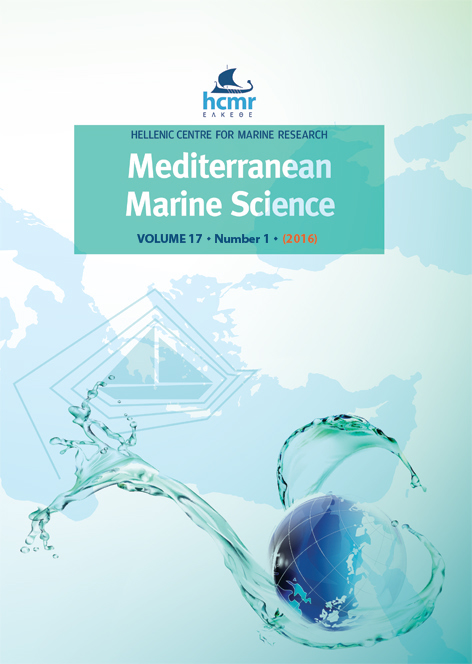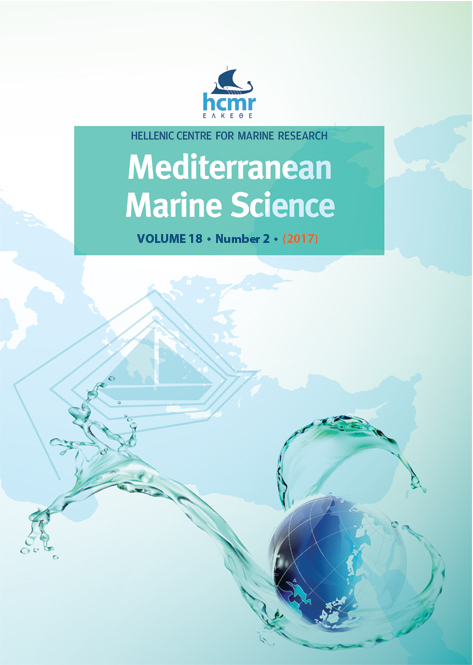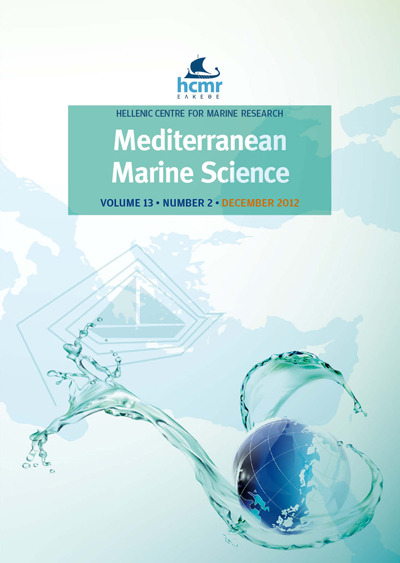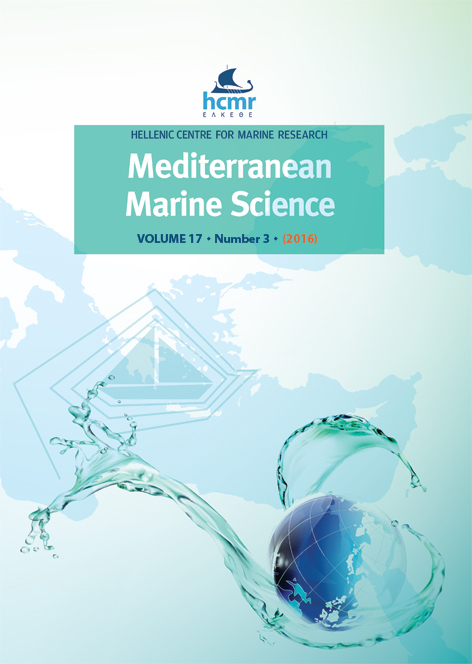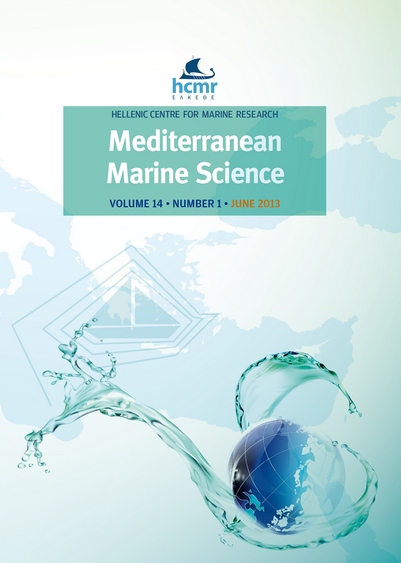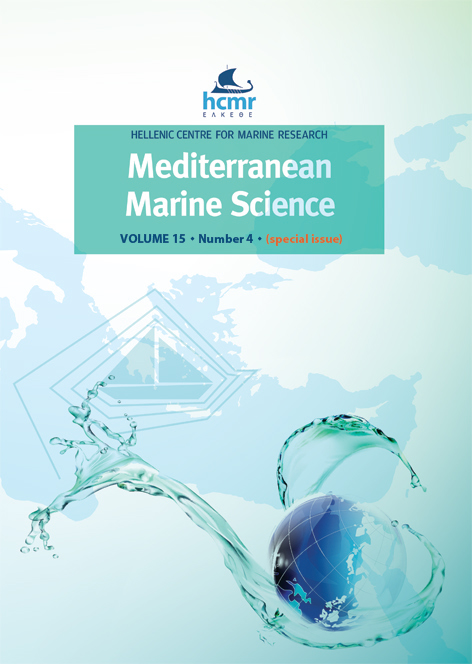Multi-Criteria Decision Analysis as a tool to extract fishing footprints and estimate fishing pressure: application to small scale coastal fisheries and implications for management in the context of the Maritime Spatial Planning Directive
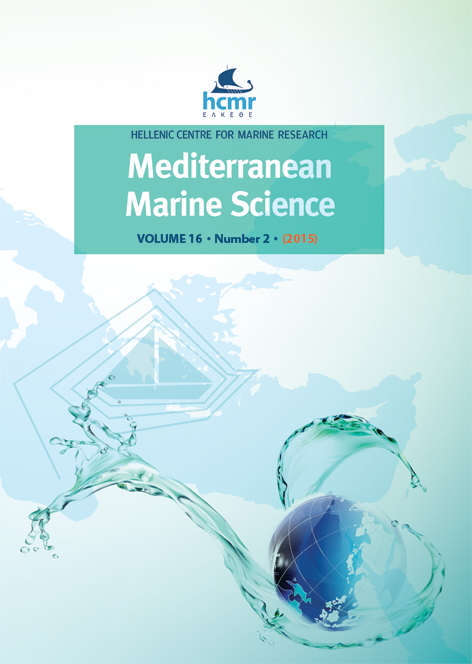
Abstract
In the context of the Maritime Spatial Planning Directive and with the intention of contributing to the implementation of a future maritime spatial plan, it was decided to analyze data from the small scale coastal fisheries sector of Greece and estimate the actual extent of its activities, which is largely unknown to date. To this end we identified the most influential components affecting coastal fishing: fishing capacity, bathymetry, distance from coast, Sea Surface Chlorophyll (Chl-a) concentration, legislation, marine traffic activity, trawlers and purse seiners fishing effort and no-take zones. By means of Multi-Criteria Decision Analysis (MCDA) conducted through a stepwise procedure, the potential fishing footprint with the corresponding fishing intensity was derived. The method provides an innovative and cost-effective way to assess the impact of the, notoriously hard to assess, coastal fleet. It was further considered how the inclusion of all relevant anthropogenic activities (besides fishing) could provide the background needed to plan future marine activities in the framework of Marine Spatial Planning (MSP) and form the basis for a more realistic management approach.
Article Details
- How to Cite
-
KAVADAS, S., MAINA, I., DAMALAS, D., DOKOS, I., PANTAZI, M., & VASSILOPOULOU, V. (2015). Multi-Criteria Decision Analysis as a tool to extract fishing footprints and estimate fishing pressure: application to small scale coastal fisheries and implications for management in the context of the Maritime Spatial Planning Directive. Mediterranean Marine Science, 16(2), 294–304. https://doi.org/10.12681/mms.1087
- Issue
- Vol. 16 No. 2 (2015)
- Section
- Research Article
Authors who publish with this journal agree to the following terms:
- Authors retain copyright and grant the journal right of first publication with the work simultaneously licensed under a Creative Commons Attribution Non-Commercial License that allows others to share the work with an acknowledgement of the work's authorship and initial publication in this journal.
- Authors are able to enter into separate, additional contractual arrangements for the non-exclusive distribution of the journal's published version of the work (e.g. post it to an institutional repository or publish it in a book), with an acknowledgement of its initial publication in this journal.
- Authors are permitted and encouraged to post their work online (preferably in institutional repositories or on their website) prior to and during the submission process, as it can lead to productive exchanges, as well as earlier and greater citation of published work (See The Effect of Open Access).





